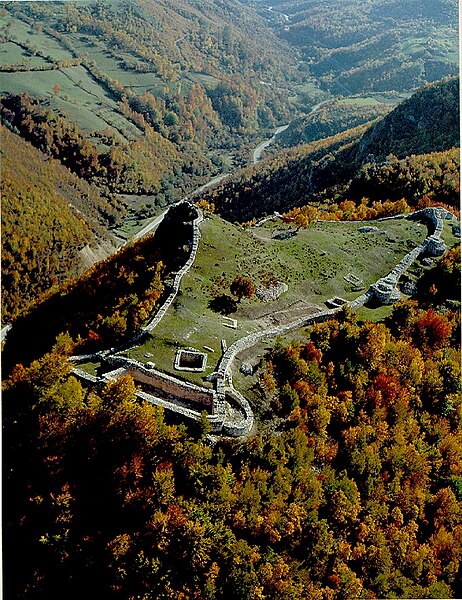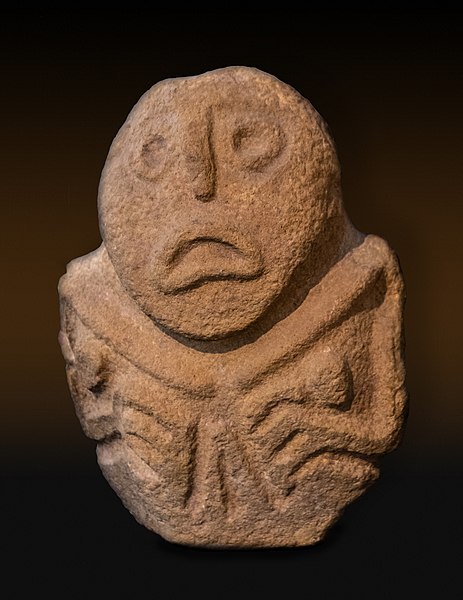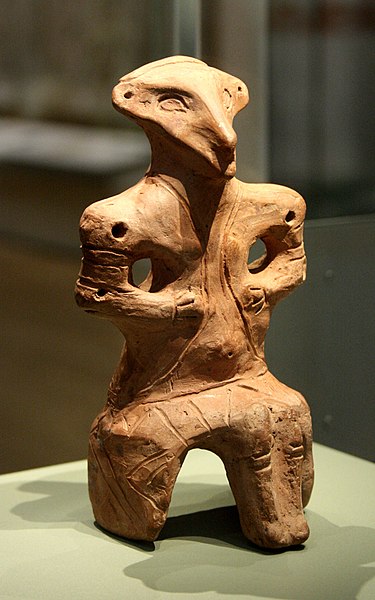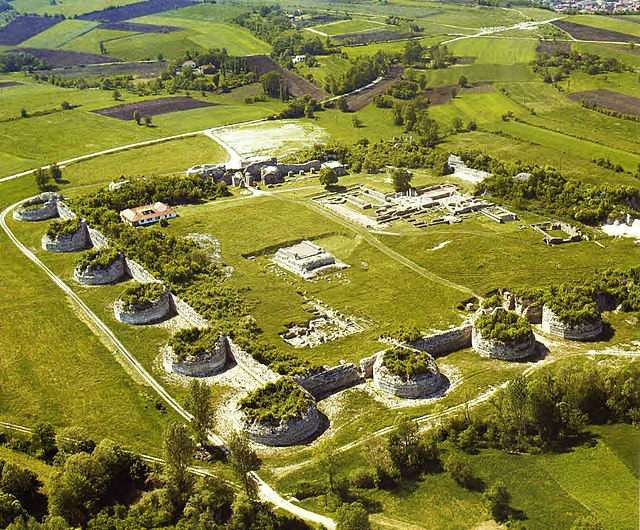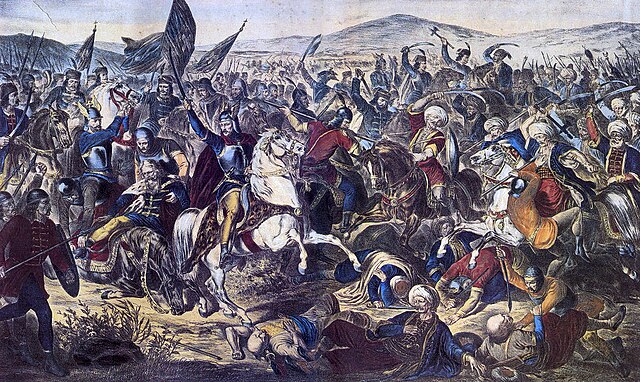Raška is a geographical and historical region of Serbia. Initially a small borderline district between early medieval Serbia and Bulgaria, since the mid-12th century became the center of the Grand Principality of Serbia and of the Serbian Kingdom. From that period the name of Raška became associated with the state of Serbia, eventually covering the south-western parts of modern Serbia, and historically also including north-eastern parts of modern Montenegro, and some of the most eastern parts of modern Bosnia and Herzegovina, and its southern part also corresponds to the modern region of Sandžak.
Church of the Holy Apostles Peter and Paul, in the center of the historical Raška region
Ruins of the Ras fortress, one of the centers of the Grand Principality of Serbia since mid-12th century
Serbia, officially the Republic of Serbia, is a landlocked country at the crossroads of Southeast and Central Europe, located in the Balkans and the Pannonian Plain. It borders Hungary to the north, Romania to the northeast, Bulgaria to the southeast, North Macedonia to the south, Croatia and Bosnia and Herzegovina to the west, and Montenegro to the southwest. Serbia claims a border with Albania through the disputed territory of Kosovo. Serbia has about 6.6 million inhabitants, excluding Kosovo. Its capital Belgrade is also the largest city.
Lepenski Vir idol, 7000 BC
Vinča culture figurine, 4000–4500 BC
Remnants of the Felix Romuliana Imperial Palace, 298 AD, a UNESCO World Heritage Site; as many as 18 Roman emperors were born in modern-day Serbia
The Battle of Kosovo (1389) is particularly important to Serbian history, tradition and national identity.


